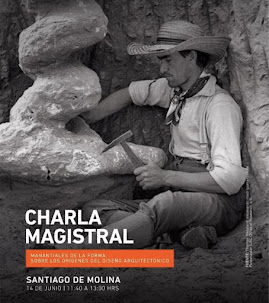La anilla con la que mantenemos unidas las llaves pertenece a este submundo. Esta obra maestra de la ingeniería fue inventada en los años setenta, pero, al contrario que el clip, cuya patente pertenece al estadounidense Samuel B. Fay, la anilla no tiene autor. Simplemente apareció en multitud de lugares, como si fuese el inevitable fruto del tiempo...
La anilla requirió acero y una técnica de fabricación muy propia de esos años, y sustituyó a la vieja cadena con la que se mantenían unidas las llaves. La esencia de su diseño se concentra en dar dos vueltas apretadas a una espiral de acero para aprovechar la flexibilidad del material y, a la vez, garantizar su seguridad. Con menos vueltas o menos materia, la anilla, como sabemos, es peor. Las llaves, gracias a ese bucle, se vuelven familiares entre sí, forman parte de un conjunto y se hacen más difíciles de perder. La humilde capacidad de agrupar de ese simple objeto maravilla por su silencio y eficacia. Su precio y su invisibilidad las vuelven imbatibles para lo mucho que consiguen. Quien no se maraville ante el acto de meter la mano en el bolsillo, sacar ese manojo de llaves unidas por un tacto agradable y ligero, como diría Baudelaire, "es un imbécil y yo lo desprecio". La caligrafía japonesa ha hecho de este tipo de círculos, denominados ensō, una filosofía. Ya quisiéramos algunos poder hacer arquitectura sabia, humilde e invisible como esta anilla.
The keyring that keeps our keys together belongs to this underworld. This engineering masterpiece was invented in the seventies, yet unlike the clip patented by American Samuel B. Fay, the keyring lacks a known creator. It simply appeared in numerous places, as if it were the inevitable fruit of time itself...
Crafted from steel and a manufacturing technique characteristic of those years, the keyring replaced the old chain that once held keys together. Its design essence lies in tightly wrapping steel wire into two loops to leverage the material's flexibility while ensuring security. With fewer loops, as we know, the keyring is less effective. Thanks to this spiral, keys become familiar with each other, forming a cohesive unit that is harder to lose. The humble ability of this simple object to group items together marvels me for its silence and efficiency. Its affordability and invisibility make it unbeatable for all it achieves. Anyone not awestruck by the act of reaching into a pocket, pulling out a bunch of keys held together by a pleasingly light touch, as Baudelaire might say, "is a fool, and I despise him. Japanese calligraphy has made this type of circle, known as ensō, a philosophy. Some of us wish we could create architecture as wise, humble, and invisible as this keyring.










_-_left_hand_screen,%20imagen%20wikipedia.jpg)




































































































No hay comentarios:
Publicar un comentario